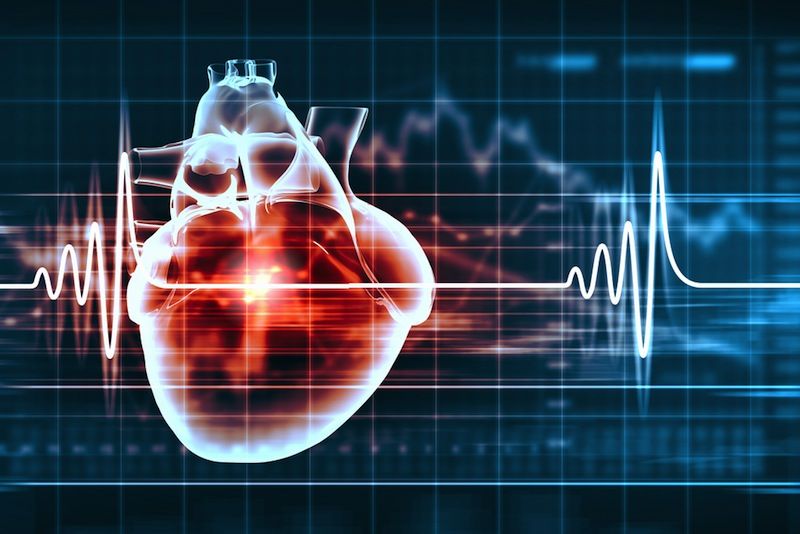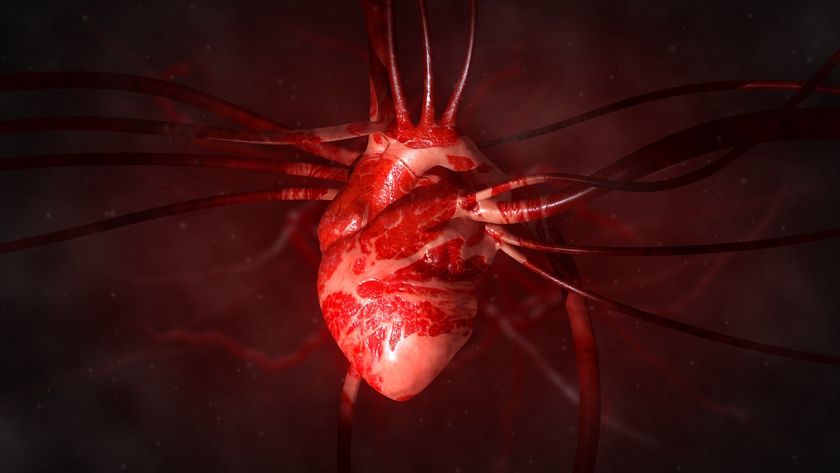Heart Found in Plastic Bag: How Officials Could Test if It's Human

Officials in Ohio said more tests are needed to determine whether a heart found on the ground, in a zip-close bag, is actually a human organ, or if it comes from another animal. But exactly what tests are needed to prove that a heart is human?
The heart was discovered about three weeks ago on a patch of grass near a gas station in Norwalk, Ohio, according to The New York Times. Police are still investigating where the organ might have come from, and if foul play was involved. A local coroner who saw the heart said it looked like it was from a human, but that more tests would be needed to confirm this, the Times said.
Experts can't always tell whether a heart is from a human or another animal just by looking at it, said Dr. Gregory G. Davis, a professor of pathology at the University of Alabama at Birmingham School of Medicine, and chief coroner for Jefferson County, Alabama, who is not involved in the investigation. That's because there are other animals, including pigs, who have hearts that are a similar size to human hearts, Davis said.
"I don't think I could look and just simply say, 'That's not human,'" given the similarities between human hearts and those of some other animals, Davis said. [Top 10 Amazing Facts About Your Heart]
One test that a forensic pathologist might use to determine whether the heart is human would be to analyze any small amount of blood left on or in the heart. It's possible that the organ in Ohio would still have some blood inside it that could be used for testing, Davis said.
This test would look at proteins, called antigens, on the surface of red blood cells, Davis said. Humans have certain antigens on the surface of their red blood cells, and these antigens are what determine people's blood types (type A, B, AB or O.)
Animals also have different antigens on the surface of their red blood cells, which would prevent people from ever using animal blood for transfusions, Davis noted. "There are antigenic differences that would cause humans to reject nonhuman blood," Davis said.
Sign up for the Live Science daily newsletter now
Get the world’s most fascinating discoveries delivered straight to your inbox.
But looking at the antigens could reveal what type of animal the heart came from, he said.
Another possible test would extract genetic material from the heart's cells and perform a DNA test, Davis said. Although humans and mammals share many of the same genes, there are enough genetic differences that experts could determine whether the cells are from a human or another animal, he said.
The heart is currently being tested by a forensic pathologist in Toledo, Ohio, and it's not clear when the results will be released, the Times said.
Original article on Live Science.

Rachael is a Live Science contributor, and was a former channel editor and senior writer for Live Science between 2010 and 2022. She has a master's degree in journalism from New York University's Science, Health and Environmental Reporting Program. She also holds a B.S. in molecular biology and an M.S. in biology from the University of California, San Diego. Her work has appeared in Scienceline, The Washington Post and Scientific American.












